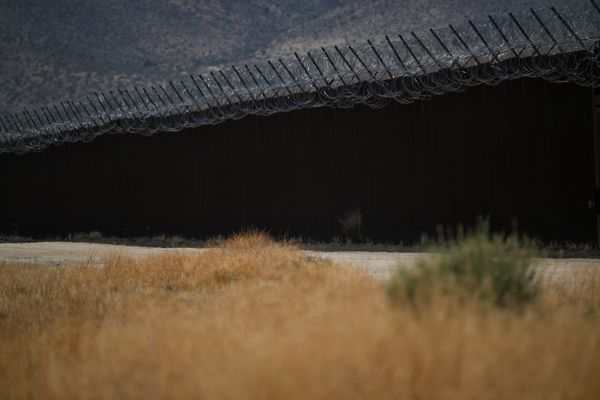
Small, fast-moving animals perceive changes in their environment the quickest compared to large, slow-moving ones, new research suggests.
The findings, which are yet-to-be peer-reviewed, found that animals that have fast-paced lifestyles, such as some species of flies, have visual systems that detect changes at higher rates.
Researchers, including those from the University of Galway in Ireland, presented the study results at the British Ecological Society’s annual meeting in Edinburgh on Tuesday.
Scientists believe the findings can help throw better light on predator-prey interactions, and on how aspects such as light pollution may affect some species more than others.
In the study, which scientists claim is the largest of its kind to date, they assessed the rate at which nearly 140 species of animals perceive changes in the world.
The analysis included data from numerous studies that measured time perception using “flickering light experiments”.
In these experiments, light is flickered on animals and the rate at which their optic nerves sent information is recorded using special devices called electroretinograms.
The research found that blowflies and dragonflies detect changes at the highest rate, with their vision capable of seeing changes 300 times a second (300hz) – nearly five times faster than humans who can see changes in their environment at 65hz.
Among vertebrates, scientists found that the fastest eyes belonged to the pied flycatchers which could see at 146hz, while salmon clocked in at 96hz, and Dogs at 75hz.
The slowest eyes, according to researchers, belonged to crown-of-thorns starfish at 0.7hz.
“Having fast vision helps a species perceive rapid changes in the environment. Such detailed perception of changes is very useful if you move quickly or need to pinpoint the trajectory of moving prey,” study co-author Kevin Healy explained.
“By looking at such a wide range of animals, from dragonflies to starfish, our findings show that a species’ perception of time itself is linked to how fast its environment can change,” Dr Healy said.
The study also found that many land predators have relatively slow time perception compared to their aquatic counterparts.
“We think this difference may be because in aquatic environments predators can continuously adjust their position when lunging for prey, while in terrestrial environments, predators that lunge at prey, such as a jumping spider, are not able to make adjustments once they’ve launched,” Dr Healy explained.
Researchers say fast perception, however, can be energetically costly for animals, limited by how quickly neurons linked to retinal cells in the eye can recharge.
They say animals that don’t require such rapid vision use this energy for other needs like growth or reproduction.
The study also noted that there can be variation in time perception within species.
Citing previous research in humans, scientists say goalkeepers in football tend to see changes at a higher rate, adding that stimulants like coffee can temporarily boost people’s perception by a small amount.







